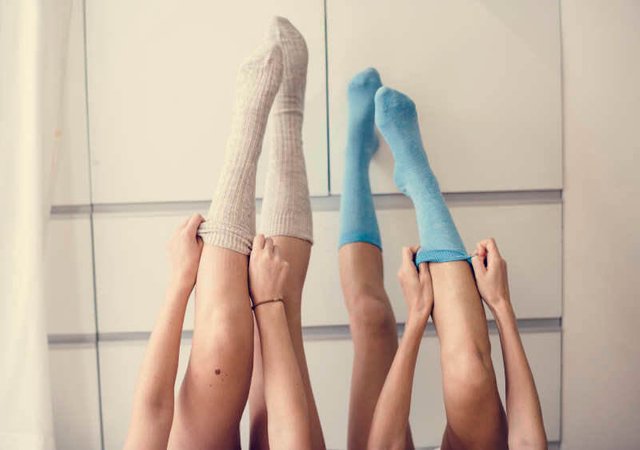
Venous insufficiency is a condition in which your veins have difficulty transporting blood from your extremities back to your heart. A compromised vascular system can result in a variety of health concerns. Recognizing the risk factors for varicose veins and venous insufficiency can help you better manage your vascular health and make beneficial lifestyle changes.
Keep on reading to learn about the seven most common risk factors for venous insufficiency.
1. You’re over the age of 50
The walls of your blood vessels tend to deteriorate as you age. This makes it difficult for them to return blood to the heart efficiently. Those over the age of 50 are more likely to have venous insufficiency, according to vein specialists.
2. You spend a lot of time sitting, standing, or lying down
Individuals who work in professions that involve extended periods of sitting or standing are more likely to develop varicose veins and, eventually, venous insufficiency. If you have such a job, consider adjusting your routine for at least a few minutes per hour. If you're on your feet the whole day, try resting with your feet positioned above your heart level. If you're sitting or lying down all day, try having short walks at least once an hour to keep your blood flowing.
3. You have excess weight
Being overweight puts additional strain on your circulatory system, eventually wearing out your blood vessels. As a result, your strained valves are more likely to fail, resulting in blood pooling in your limbs. To lessen the chance of subsequent vein problems, vascular doctors may advise you to lose some weight before or after varicose vein treatment.
4. Varicose veins run in your family
You’re at higher risk of developing varicose veins if you have certain genetic risk factors. Scientists have discovered some genes are linked to weakened blood vessels. Moreover, if you have a family history of CVI, you're more likely to have venous insufficiency.
5. You are a woman
Women are more likely to have varicose veins and venous insufficiency. Hormonal fluctuations induced by supplements, replacement treatment, pregnancy, and menopause, can impact the healthy walls of your veins. However, the causes of this aren't fully understood. Women should be especially aware of indicators of venous insufficiency and consult a venous insufficiency doctorif they have any issues.
6. You smoke
Besides being detrimental to your heart and lungs, smoking affects the strength and health of your veins. If you’re a smoker, you’re at a significantly much higher risk of venous insufficiency due to the weakening of vein walls.
7. You are pregnant
Pregnancy—particularly the increased strains on the pelvic floor and legs associated with carrying several children—has been shown to play a significant role in CVI risk. Due to this inflammation and swelling, pregnant women frequently develop varicose veins in their legs and pelvic area. The risk of venous insufficiency increases with each future pregnancy.
8. You're leading a sedentary lifestyle
To make sure your body is healthy and your blood moving efficiently, you must remain at least somewhat physically active. Even if you're not overweight, leading a sedentary lifestyle can make you more prone to developing venous insufficiency. Chronic venous insufficiency is greatly influenced by a lack of activity or recurrent strain.
The bottom line
The best approach to addressing chronic venous insufficiency is taking preventative measures. However, there are various therapy options for damaged veins as well. Scheduling an appointment with a board-certified vein surgeon or vein doctor is highly recommended before you even have pain or realize your legs are uncomfortable, discolored, or irritated. This way, a specialist can examine your legs and explain your risks before you get concerned or your symptoms worsen.
Women are pulling their long socks.
Downvoting a post can decrease pending rewards and make it less visible. Common reasons:
Submit